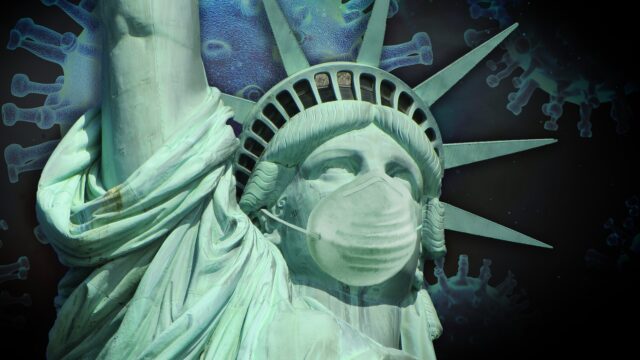By Lee Egerstrom
As Minnesota was crossing milestones for both confirmed coronavirus cases and deaths this past week, a federal and state research project looking at how the COVID-19 virus is spread in different communities came to a screeching halt.
Screeching is the appropriate description.
The Centers for Disease Control and Prevention (CDC) called off teams randomly surveying homes in various communities in late September when members were confronted with racial slurs and other intimidating verbal threats. One incident considered threatening by federal and Minnesota health officials involved a possibly armed man or someone with a radio in a holster that confronted surveyors.
Regardless, racial and ethnic insults hurled at team members had CDC and Minnesota Health officials back off from conducting what statisticians call a Community Assessment for Public Health Emergency Response (CASPER) survey on how the virus is transmitted. It was being done at households randomly selected in 180 Minnesota communities.
This occurred while Minnesota was approaching 100,000 confirmed cases and had surpassed 2,000 deaths from the disease. The Midwest in general is now a hot zone with COVID-19 spreading through communities, and all states surrounding Minnesota are setting daily records for confirmed cases.
State officials told media on Saturday, Sept. 26, that it was unfortunate health researchers were driven off by local residents in some southern and northern Minnesota communities even as the work they were doing would help guide policies for dealing with COVID-19 going forward.
This is happening as state health officials in several states, including in the Upper Midwest region, find resistance from people to wearing masks, avoiding crowds and taking other state- and community-promoted precautions as if they have inalienable rights to risk their own health and spread the disease to others.
Nationwide, COVID-19 cases had topped 1.7 million confirmed cases and 207,000 deaths by the weekend. This later wave of cases showed the virus was again on the upswing in 32 states. Younger people are proving to be transmitters after returning to colleges and universities and by ignoring cautions about meeting in large gatherings.
With that a reality, it would be wise for Native Americans and all Minnesotans to reduce their possible exposure to the virus by following precautions and guidance issued by CDC, the Minnesota Health Department, the Minnesota Department of Labor and Industry, and from health researchers from other groups.
They include the four pillars health officials have advocated from the beginning of the infestation: Wash your hands often, stay home when sick, wear a mask (a state requirement for indoor settings), and stay six feet apart for careful social distancing.
The Stay Safe Minnesota website reminds all “Even as more businesses, organizations, and recreational areas open up, it is still very important for all Minnesotans to continue taking steps to slow the spread of COVID-19.”
People aged 65 and older and people with underlying medical conditions are known to be at higher risk from severe cases of the virus and they should be especially cautious to limit exposure from public gatherings.
Young people can easily spread the disease to grandparents and other elders if they are not careful in protecting themselves from exposure. The Stay Safe Minnesota site for individuals and families even has a “COVID-19 Tips for Young People” page.
Neighboring states are reporting surges of the virus traced to college students attending parties. Again, state health officials remind that social interaction is important for mental health and well-being. But infecting family members, or friends, isn’t good for your mental health, either.
Regarding social gatherings, health experts say to keep indoor gatherings to 10 people or less, and outdoor gatherings to 25 people or fewer. And, being masked and social distancing should also be practiced at such events.
Until such time as medical research finds a cure or a vaccine for COVID-19, the best defense against the virus is your own cautious behavior.
Stay Safe Minnesota refresher information on how to protect yourself and families is available at https://staysafe.mn.gov/individuals-families/index.jsp; for young people at https://staysafe.mn.gov/individuals-families/social-gatherings-youth.jsp, and for businesses and organizations at https://staysafe.mn.gov/industry-guidance/index.jsp.
Additional guidance for specific businesses and industries from Minnesota Department of Labor and Industry is available at https://www.dli.mn.gov/business/workplace-safety-and-health/mnosha-compliance-novel-coronavirus-covid-19.







